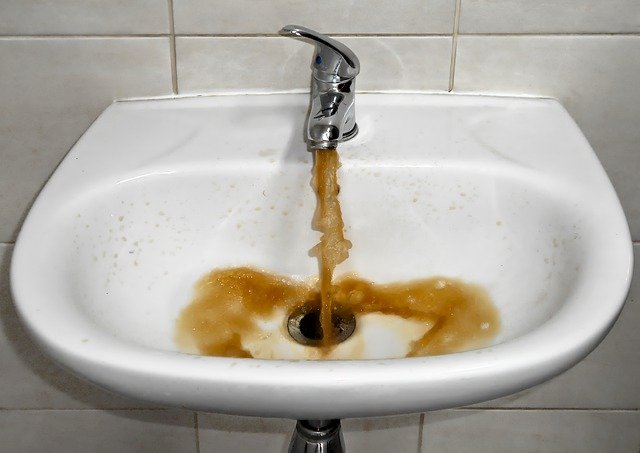Image Source: Google
Experiencing a sewer backup in your home can be a stressful and messy situation. Not only can it cause damage to your property and belongings, but it can also pose serious health risks if not addressed promptly and properly. Knowing what steps to take in the aftermath of a sewer backup is crucial for effective cleanup and minimizing the impact on your home.
Assessing the Damage
1. Safety First
- Before entering the affected area, turn off the electricity to prevent any electrical hazards.
- Wear protective gear such as gloves, boots, and a face mask to avoid coming into contact with contaminated water.
2. Take Photos
- Document the damage by taking photos and videos for insurance purposes.
- Make a detailed list of the affected items and areas in your home.
Cleaning Up the Mess
1. Remove Water and Debris
- Use a wet vacuum or pump to remove standing water from the area.
- Dispose of any debris or contaminated items properly.
2. Disinfect and Sanitize
- Clean all surfaces with a disinfectant to kill bacteria and prevent mold growth.
- Use a mixture of bleach and water to sanitize walls, floors, and furniture.
3. Dry Out the Area
- Use fans and dehumidifiers to speed up the drying process and prevent further damage.
- Open windows and doors to improve ventilation in the area.
Preventing Future Sewer Backups
1. Inspect and Maintain Your Sewer System
- Regularly inspect your sewer lines for any signs of damage or blockages.
- Have your sewer system professionally inspected and maintained on a regular basis.
2. Install Backwater Valves
- Consider installing backwater valves to prevent sewage from backing up into your home.
- Ensure that the valves are installed correctly and are functioning properly.
3. Avoid Flushing Non-Biodegradable Items
- Avoid flushing non-biodegradable items such as paper towels, wipes, and feminine hygiene products down the toilet.
- Only flush toilet paper and human waste to prevent blockages in your sewer system.
Seeking Professional Help
1. Contact Your Insurance Company
- Inform your insurance company about the sewer backup and inquire about coverage for cleanup and repairs.
- Follow the necessary steps to file a claim and document all communication with your insurer.
2. Hire a Professional Cleanup Service
- Consider hiring a professional cleanup service with experience in handling sewer backups.
- Ensure that the cleanup crew follows proper safety protocols and uses the right equipment for the job.
3. Schedule a Post-Cleanup Inspection
- After the cleanup is complete, schedule a post-cleanup inspection to ensure that the area is properly sanitized and restored.
- Address any lingering issues or concerns with the cleanup crew to prevent future problems.
Dealing with a sewer backup can be a challenging and unpleasant experience, but taking the right steps for cleanup and prevention can help minimize the impact on your home. By assessing the damage, cleaning up the mess, preventing future backups, and seeking professional help when needed, you can restore your home to its pre-backup condition and ensure the safety of your family and property.





